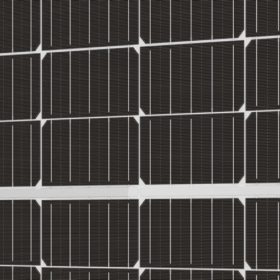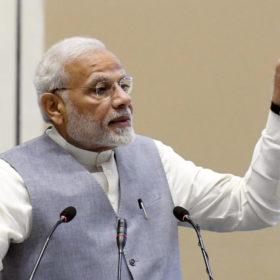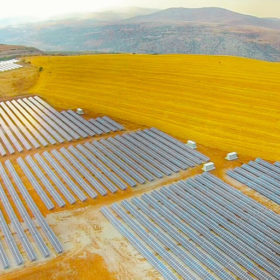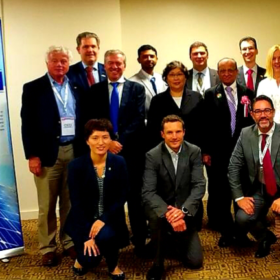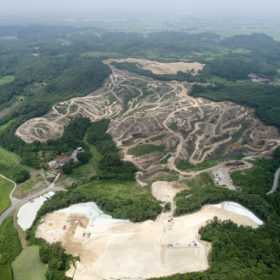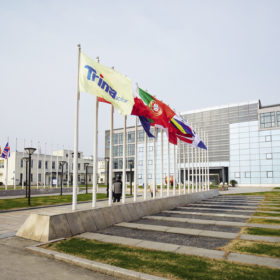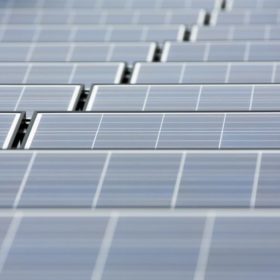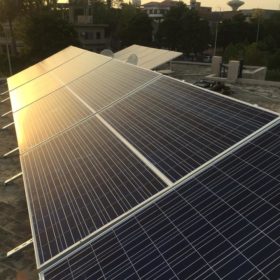Trina to ship 16 MW of its bifacial panels for French projects
The Chinese manufacturer will supply EDF with around 45,000 bifacial, double glass Duomax Twin panels. The French utility will use the modules for two large-scale projects selected through tenders held by energy regulator CRE.
Webinar Q&A: “Are half-cut cell modules the future?”
Many manufacturers are converting large parts of their production capacities to half-cut cell technology. Is this a niche or will the traditional full cell module eventually disappear? The use of the new technology has clear advantages for manufacturers and buyers, say the experts.
India added world’s second largest PV capacity in first half of 2018
The nation installed 4.9 GW of solar, surpassing the USA – which installed 4.7 GW – to become the second largest solar market in the first half of the year, second only to China’s 24.3 GW.
Trina bags 123 MW order from Ukraine
The Chinese module manufacturer will supply its panels for a huge solar project under development in the Dnipropetrovsk region, in southeastern Ukraine.
Global Solar Council announces new board, mission
The Global Solar Council (GSC) held its general assembly at last week’s Solar Power International (SPI) in California, where it announced new board members and said it will work towards crafting a unified message for the solar industry. All five working committees of the council are expected to contribute to this new task.
Trina Solar launches India’s first PV residential kit
Chinese PV manufacturer, Trina Solar today launched its TrinaHome product in New Delhi. It is India’s first solar residential home kit. While it is currently imported from China, the goal is to assemble it locally, in the coming months.
Construction commences on 213 MW of solar in Japan
Pacifico Energy is set to commence construction on two utility-scale PV projects totaling 112 MW and 72 MW, respectively, while Trina Solar is working on a 29 MW plant.
Trina to deliver PV modules to 258 MW Vietnamese project
Chinese solar PV manufacturer, Trina Solar will deliver PERC modules to the 258 MW project, located in the southern province of Ninh Tuan. With an investment of around US$220 million, the project is set to be Vietnam’s largest, when completed next June.
Chinese government stands firm in face of PV industry lobbying
Representations by big beasts of global PV win only a partial concession from the authorities in Beijing, with officials agreeing to honor FIT payments for any ground mount projects connected during the next three weeks.
Pakistan should turn to renewables for energy security – IRENA
With its growing population and rapidly increasing energy needs, Pakistan’s energy security is undermined by the overriding share of imported fossil fuels in its energy mix. But, by turning to its untapped, tremendous solar, wind and biomass potential, the South Asian country could spur social and economic development, while improving energy access, says IRENA.

